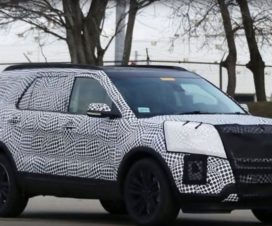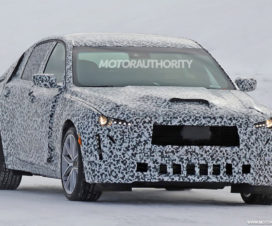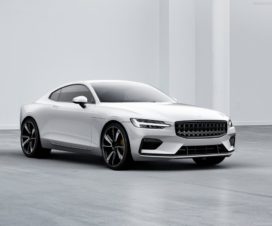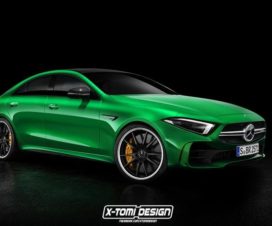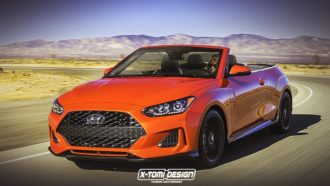
|
First introduced in 2011 at the Detroit Auto Show, the Hyundai Veloster initially hit the scene as a replacement for the Hyundai Tiburon, the FWD 2+2 coupe built between 1996 and 2008. Throughout its life cycle, we’ve seen a wide variety of custom takes on the Veloster, but now, Hyundai is offering up a whole new second generation. The new Hyundai Veloster made its debut at the 2018 Detroit Auto Show. As it was expected there was a lot of work put in by the Korean automaker to differentiate the punchy hatchback from its predecessor. The new 2023 Veloster’s design still jumps out of the page even though it is not as funky as the first-gen model that had all sorts of curves and weird edges on it. This new second generation Veloster is more appealing to look at. The public already well-received the car so the same thing should happen once the new 2023 Hyundai Veloster hits dealership.
In detail
We can only imagine how a drop-top version of the new Veloster would look like if Hyundai decided to build one. You can see the respect Hyundai has for the hatchback version. The new appearance fits more in a convertible mold.
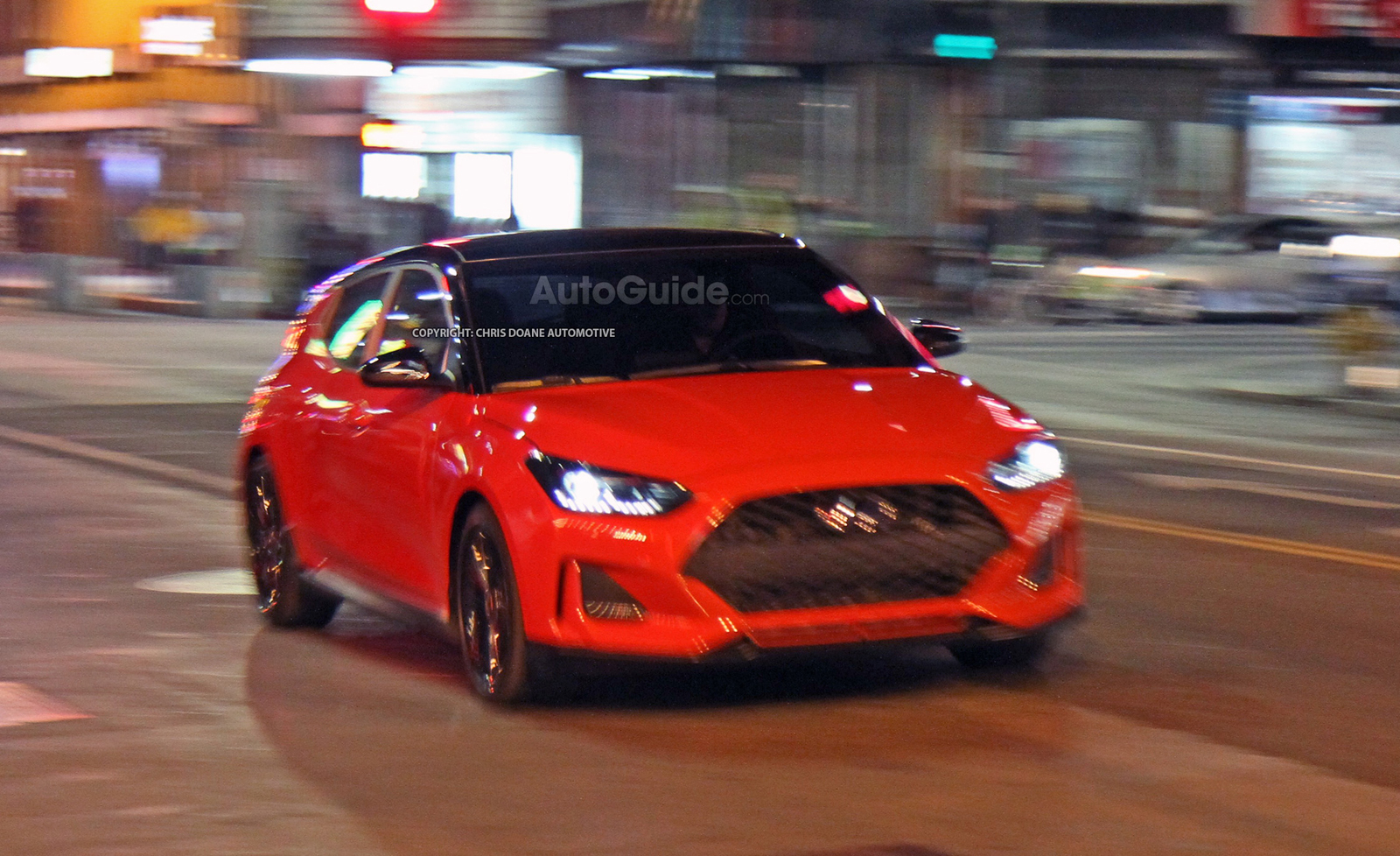
source:autoguide.com 2020 Hyundai Veloster Cabrio
The body of the new Hyundai Veloster has a nice balance that you don’t get to fell on the hatchback by virtue of its configuration. The front of the car remains the same, being one of the high points of the new Veloster’s look. It also connects the rest of the body all the way to the rear without interruption.
Price and Release Date for Hyundai Veloster Cabrio
Hyundai hasn’t released pricing for the 2019 Veloster yet. Production begins in Ulsan, South Korea in March, with examples arriving in dealers in the second quarter of 2018. A convertible Veloster is something we dream about – a roll-top concept version of the previous generation car is the closest thing we’ve seen to a proper Veloster drop-top. We would expect the price to be a similar with the 2019 Veloster.
2020 Hyundai Veloster Cabrio Design
Veloster changed it up with a funky hatchback profile and 2+1 door layout (one on the driver’s side, two on the passenger’s side). The new 2019 Hyundai Veloster Cabrio is clean to look at and it gives a sportier feel due to the shorter distance between the front and the rear.
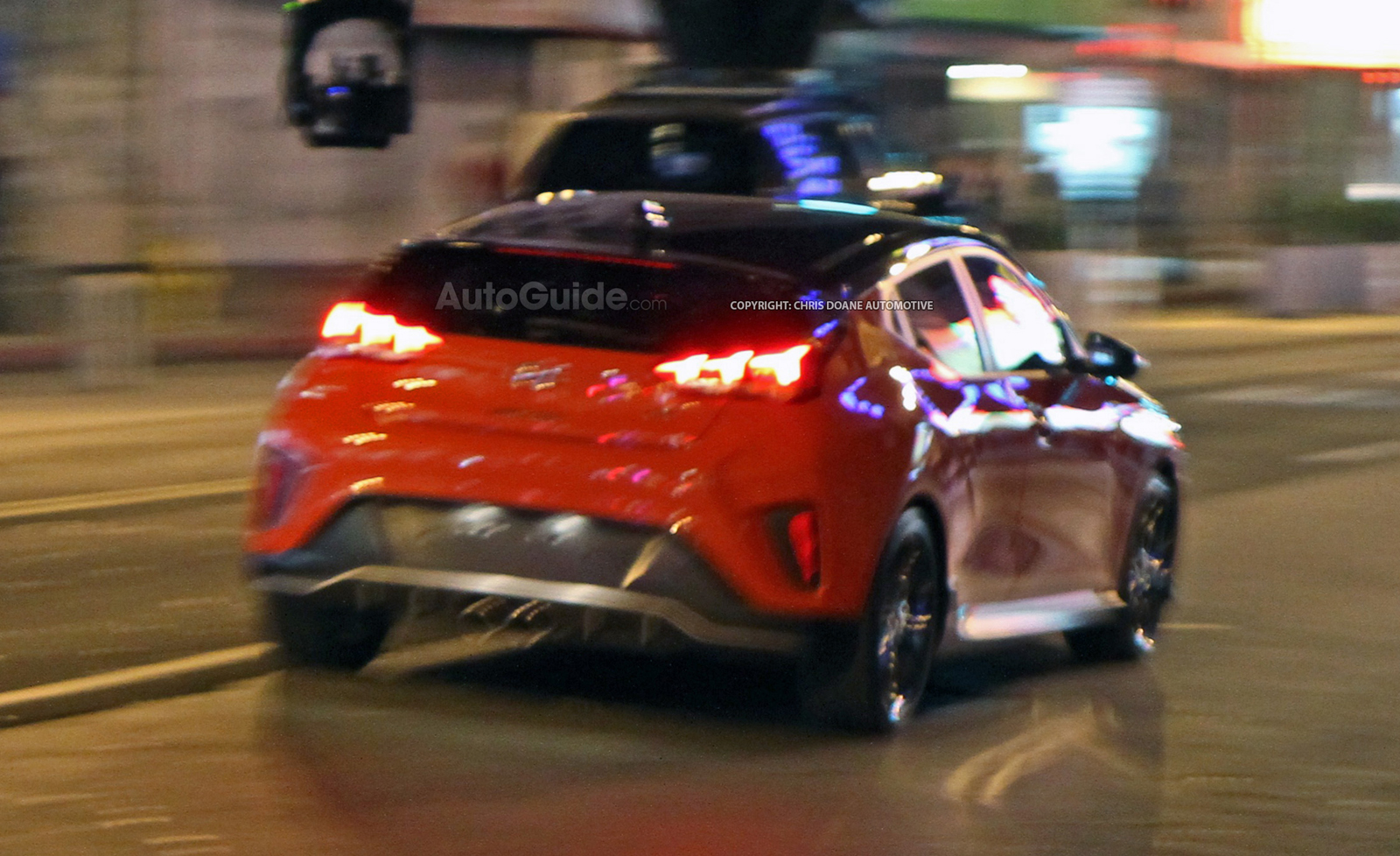
source:autoguide.com 2023 Hyundai Veloster Cabrio Design
Veloster has a slightly longer wheelbase than the current model, which should lead to more room inside. If the dream would come true, we would expect the Cabrio to look very similar with this 2019 Veloster. The question that could remain is if Hyundai will opt for a more traditional coupe-like look to the hatchback and put the roof storage closer to the seats or if it tries to retain the hatchback layout and extend the storage a little further back.
The interior
It is highly probable that the interior configuration of the new 2023 Veloster will not change too much in case that the cabriolet becomes a reality. The seats, the dashboard, the console layout and even the section in the front should remain the same as it was in the hatchback version.
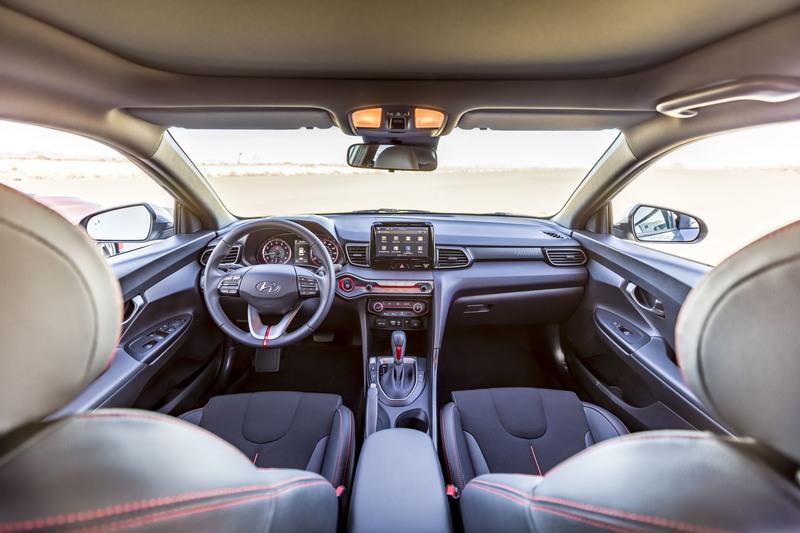
source:topspeed.com 2020 Hyundai Veloster Cabrio Interior
If Hyundai decided to go for a retractable roof setup on the car we could imagine the rear section being a little more cramped for space, so that it has some space behind the rear seats for the roof.
Under the hood
When it comes to the engine, it is highly probable that the Korean automaker will not deviate away from the new “Nu” 2.0-liter four-cylinder engine powering the new Veloster. The output of the new four-banger is good for 147 horsepower and 132 pound-feet of torque, a good improvement from the 132-horsepower output of the outgoing model. This is the same engine that we’re going to find on a cabriolet model if Hyundai decides to build one.
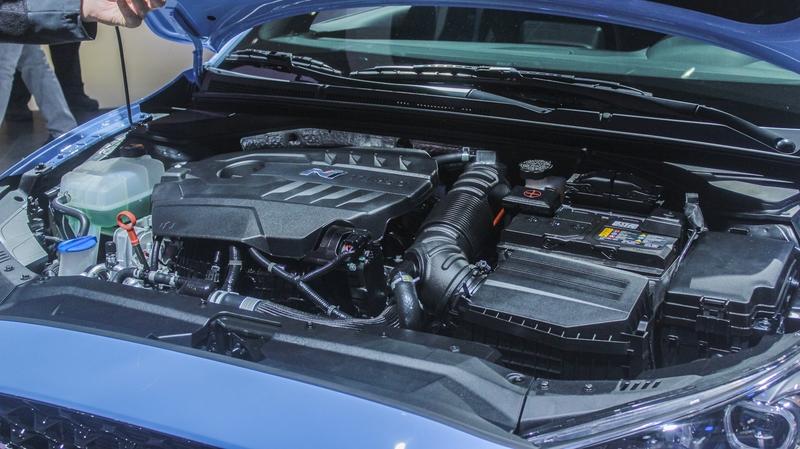
source:topspeed.com 2023 Hyundai Veloster Cabrio Engine
When it comes to competition, Mazda MX-5 Miata has almost 30 years of legacy and history behind it. The MX-5 carries the same 2.0-liter four-cylinder SkyActiv engine that produces 155 horsepower and 148 pound-feet of torque. Mazda’s iconic sports roadster built its legacy on the foundation of being fun to drive, something that Hyundai can learn from if it goes ahead and builds a cabriolet version of the Veloster.






